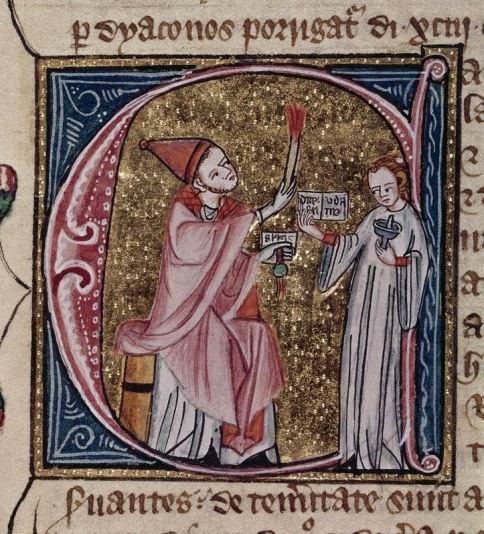On this day in history, on 17th December 1538, Pope Paul III excommunicated King Henry VIII of England.
Pope Clement VII threatened the king with excommunication in March 1530, when Henry wasn’t married to Anne Boleyn. Henry didn’t abandon Catherine and continued courting Anne, and soon he banished his aging and unwanted wife from the court. In 1532, Cranmer was promoted to Archbishop of Canterbury with the pope’s confirmation of his appointment, and in May 1533 he declared Henry’s marriage to Catherine null and void. In response, the pope declared the annulment of Henry’s first marriage to Catharine unlawful and his marriage with Anne Boleyn null and void.
Henry didn’t listen to the pope as he wasn’t going to bow to Rome. An Act of Submission of the Clergy and an Act of Succession followed, and an Act of Supremacy of 1534 recognised that the king was ‘the only supreme head of the Church of England. The break with the Roman Catholic Church became official, and the king’s subjects, including English nobles and clergy, were forced to sign the Oath of Supremacy; traitors, like Thomas More and Bishop Fisher, were executed for treason in 1535.
Clement VII died on 25th September 1534, and Paul III, born Alessandro Farnese, came to the papal throne. As a result of Henry’s ignorance of the pope’s opinion and warnings, Paul III issued a sentence of excommunication against the heretical King of England on 30th August 1535, although later the declaration was suspended in hope that the king would come to his senses, returning to Catherine and stopping the religious reforms in England.
Henry’s further “misbehavior” led to his final excommunication on 17th December 1538, already after Anne Boleyn’s death.
